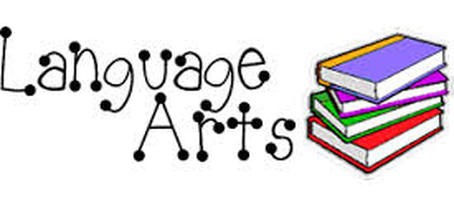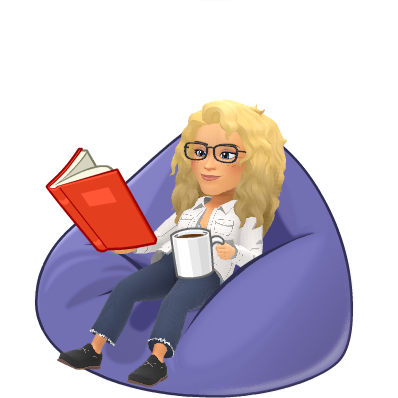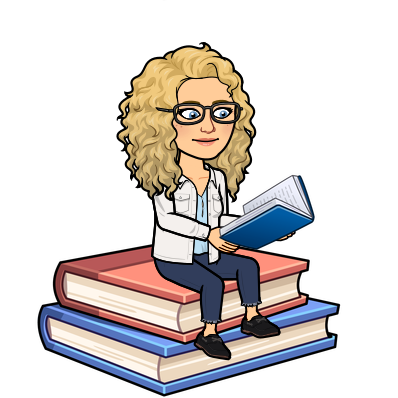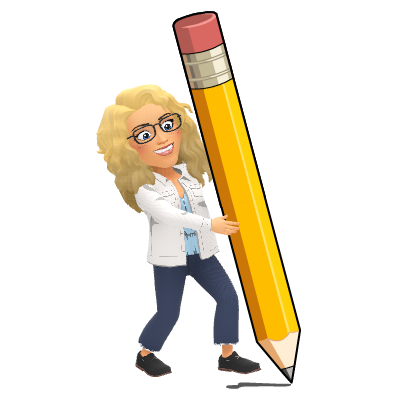Language Arts



During our reading block, we will read a variety of genres.
During class, we will read the genres in novels, chapter books, picture books, magazines, library books, newspapers, and self-selected books. Students will read independently, with a partner, in small group, or with the teacher.
Our Fourth Grade Units include:
Interpreting Characters: reading intensely, finding the right books, retelling and synthesizing, envisioning, using story arcs to notice details about characters, developing theories, debating ideas about text.
Reading the Weather, Reading the World: learning from nonfiction, understanding text structures, monitoring for sense, tackling tricky vocabulary, note-taking, summarizing, researching, synthesizing information, growing research-based ideas.
Reading History: The American Revolution: previewing texts, organizing information and notes, researching, studying text structures, note-taking on what’s important, synthesizing across texts, analyzing sources, recognizing different perspectives, finding evidence to support a claim.
Historical Fiction Clubs: reading analytically, monitoring for sense, having thoughtful group conversations, determining themes, paying attention to tone and mood.
Other Units: Biographies, Author Studies, & Poetry

Choosing a "Just Right" book
EASY
* you can read the words fluently (smooth and with an interesting voice)
*there often are not a lot of words on a page
*you know how to say all the words
*there are not a lot of pages in the book
*you have a lot of schema for the subject
*sometimes the book has a larger font
*you totally understand the story
*your reading rate may be quicker
*your thinking comes easy as you read the words
CHALLENGING
*many of the words are too hard to decode (failed a five finger test)
*you don't know what the tricky words MEAN
*your reading becomes choppy more than it is fluent
*you don't have any prior knowledge the subject
*there are often a lot of words on the page
*often the font is small
*you lose focus as you are reading
*you are not enjoying the book because you have to do too much word work
*your thinking is confused
*your reading rate slows way down
JUST RIGHT
*you can read most of the words
*you can understand what you are reading
*you enjoy the book
*you may have some schema for the subject
*you can read the book with smooth fluency but there are some choppy places
*your reading rate is just right- not too slow and not too fast
*you can figure out the tricky words and still get the meaning of the story

Boxes and Bullets: Personal and Persuasive Essays: generating ideas, using elaboration, framing essays, composing mini-stories, organizing for drafting, revising evidence, paragraphing, using transitions, writing introductions and conclusions.
Bringing History to Life: Informational Writing: organizing notes, planning the structure of writing, researching, elaboration, transitions, note-taking, including text features, growing ideas.
The Literary Essay: Writing about Fiction: studying characters, revising initial theories, elaborating on written ideas, testing a thesis, using precise words, citing textual evidence, writing beginnings and endings.
Other Units: Information Writing, Journalism, & Poetry
What is Words Their Way?
Words Their Way is a developmental spelling, phonics, and vocabulary program. It was developed by Invernizzi, Johnston, Bear, and Templeton. Words Their Way is intended to be a part of a balanced literacy plan that includes fluency, comprehension and writing. Word study is implemented as a small component of the literacy plan but it is also interwoven in actual reading and writing texts.
Words Their Way is an open-ended individual process. An assessment is given to determine where to begin instruction. Based on assessment results students are given words to study in order to discover the common attributes. In this manner students are actively constructing their own knowledge of spelling patterns. Students learn features by completing activities such as word sorting, word hunts, games and drawing and labeling. Students work individually, with partners, and in small groups to encourage cooperative learning and individual responsibility.
Levels:
- Within-Word Pattern: This third stage is characterized by greater experience with print and leads to an increased awareness of how words work, and in turn to more conventional spelling.
- Syllable Juncture: The focus at this stage is on preserving the pattern principles across syllable boundaries.
- Derivational Constancy: This stage is seldom reached by young spellers. The words are of relatively low frequency and primarily of Greek and Latin origin.